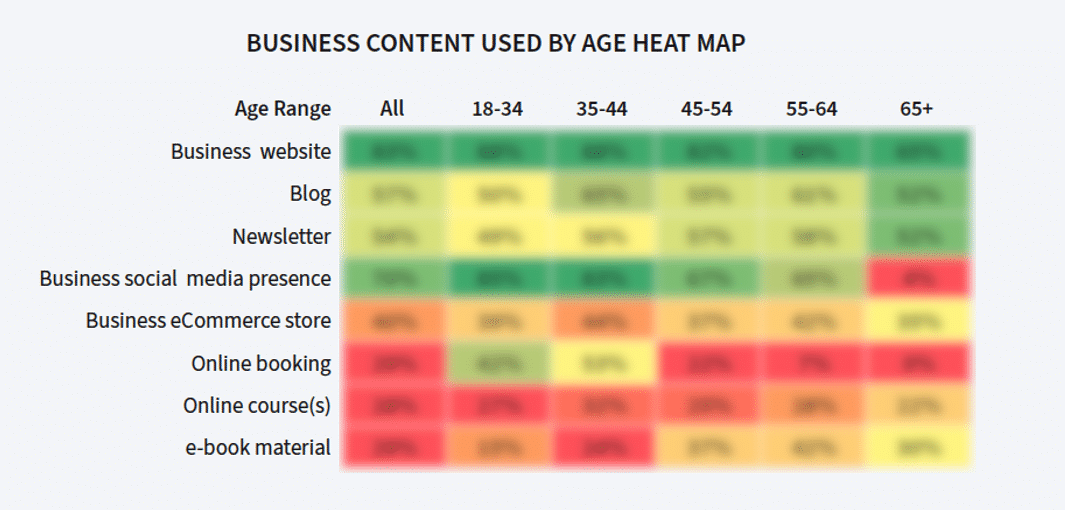As part of the ritual of examining local commerce and SMB Saas strategies, Localogy goes right to the source: SMBs themselves. How do they feel about marketing and operational software? What features do they want? And how has their hunger changed in a pandemic? This is all a moving target.
But as part of that exercise, we sometimes broaden the subject matter beyond traditional SMBs. In the latest Localogy study, done in collaboration with Mono Solutions, we looked specifically at freelancers. Why is this important? The Covid-driven “great resignation” has boosted the freelancer economy.
With that backdrop, who are freelancers and what makes them tick? The report, The Freelance Channel – A Growing Reseller Resource dives in. After examining the channels through which freelancers find work last week, we switch gears to examine the channels where they market themselves.
Breaking down the results, the dominant channel is websites (83 percent). That’s followed by social media presence (70 percent). Other channels include blogs (57 percent), newsletters (54 percent ), online booking platforms (29 percent) and ebooks (29 percent). Results varied by age.

Localogy members can access full charts and SMB survey reports. Non-members can purchase reports.
What Does it All Mean?
Going a bit deeper, a few things jump out at us:
– Websites are a logical channel for freelancers to market themselves, given that it’s conducive to free-form content generation, such as displaying a portfolio of work.
– Social media presence is likewise logical because of its low barriers to entry and ability to reach a wide audience through organic exposure (network effect) or paid amplification.
– Further down the list, blogs performed moderately well for freelancer content. This can be valuable in writing or creative fields, given that blogs can display work in organic and demonstrative ways.
– Newsletters make sense for the same reason but are amplified by their trending and current momentum as a communication medium in a broader sense.
– eBooks scored relatively low, likely because the same perceived benefits (content marketing), can be achieved in easier and more networked ways through blogs, websites, newsletters, and social media.
– Online booking platforms scored surprisingly low in this survey, given that they can help freelancers directly book new business (not just boost awareness like the above channels).
– This could be a matter of cultural adoption in the freelancer world, where demand hasn’t caught up with the medium’s capability. This means there could be a growth opportunity in booking platforms that cater to freelancers.
– Combining the best of both worlds, booking capability that can be integrated with websites (which scored high, per the above), could be a winning formula.
Time to Shine
Stepping back, SMB online marketing – website-based or otherwise – continues to grow rapidly. SMB SaaS startups and online services providers are correspondingly thriving as it continues to grow as a leading subsector of the broader SaaS universe. There’s a long-tail opportunity at play.
Meanwhile, new SMB SaaS users could represent permanent adopters – a concept that’s accelerated in the Covid era as SMBs are forced to boost their digital transformation. This sends them into the arms of SaaS providers to accomplish a range of marketing and operational functions.
We’ll return in the next installment to go deeper into Localogy original survey research. That will include SMB goals and success factors. Let us know what additional insights jump out at you from the above data, and stay tuned for more breakdowns in our Benchmark Bytes series.




